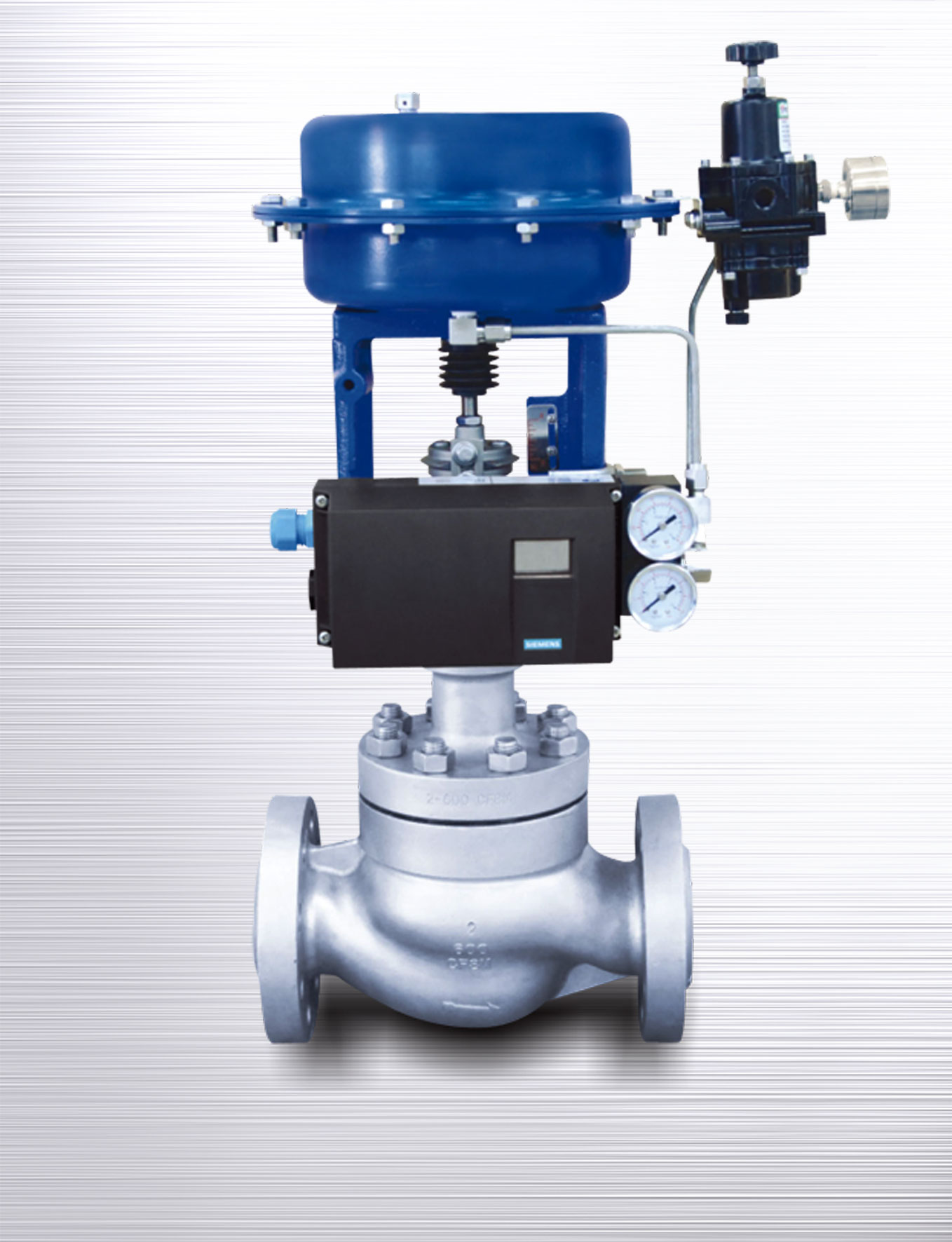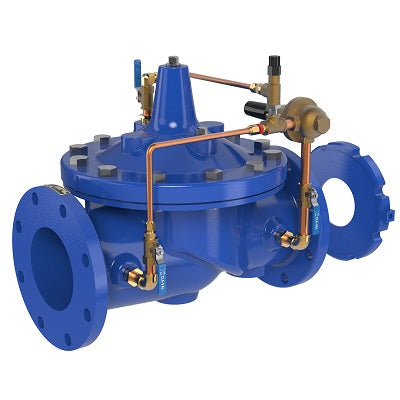Comprehending the Significance of Control Valves in Process Automation
Comprehending the Significance of Control Valves in Process Automation
Blog Article

Maximize Power Financial Savings and Comfort With Advanced Structure Automation Controls
In the realm of contemporary architecture and facility administration, the combination of advanced structure automation regulates stands as an essential improvement. The merging of modern technology and sustainability has birthed a new period where power efficiency, convenience optimization, and functional streamlining are no more attainable facts but far-off aspirations. By taking advantage of the power of automation, structures can adapt, respond, and evolve in means that were as soon as unthinkable. The potential for considerable power cost savings and boosted comfort is not simply a guarantee yet a possibility waiting to be satisfied. This standard shift in building administration holds the key to unlocking a globe where ecological conscientiousness and resident health sympathetically coexist within the walls of our frameworks.
Energy Efficiency Advantages
Power performance benefits can significantly minimize power intake and operational prices in structures. Energy-efficient systems, such as sophisticated building automation controls, can optimize the usage of resources like home heating, lighting, and cooling, leading to reduced power expenses over time.
Furthermore, enhanced energy effectiveness can lengthen the life expectancy of building tools and systems. By operating a lot more effectively, cooling and heating systems, lighting fixture, and other structure elements experience less damage, resulting in reduced maintenance and substitute costs. In addition, energy-efficient buildings usually command greater residential property worths and rental prices, supplying lasting monetary benefits to owners.
Additionally, energy effectiveness can improve occupant convenience and efficiency. Appropriately regulated indoor environments with optimum illumination and thermal problems create an even more favorable and pleasant workspace, resulting in enhanced worker contentment and performance. On the whole, the energy performance benefits related to innovative structure automation controls are multifaceted, including cost savings, ecological stewardship, and occupant health.
Enhanced Comfort Control
Enhancing comfort control in building settings requires an advanced assimilation of innovative automation systems for ideal owner wellness. By utilizing advanced structure automation controls, centers can customize the interior setting to fulfill the particular needs and preferences of owners. control valves.
By including these advanced controls, buildings can not only boost convenience however also boost energy performance by maximizing system operations based on real tenancy and usage patterns. Inevitably, prioritizing owner comfort through sophisticated automation systems leads to a much more pleasurable and healthier interior atmosphere.
Functional Performance Improvements

Furthermore, the implementation of real-time monitoring and analytics tools enables structure drivers to identify look what i found power ineffectiveness and functional abnormalities promptly. By continuously monitoring energy usage patterns and system efficiency metrics, changes can be made in real-time to optimize energy intake and make certain peak operational effectiveness. control valves. In addition, including demand reaction methods into building automation controls can additionally boost operational efficiency by dynamically changing power usage based upon grid problems and rates signals
Indoor Climate Optimization
Reliable indoor environment optimization is a basic aspect of building automation controls, making sure passengers' comfort and health while making the most of power cost savings. By using innovative sensors and controls, building automation systems can constantly keep track of and adjust temperature, moisture degrees, air high quality, and air flow to produce an ideal interior setting. Maintaining constant and comfy problems not just boosts occupant contentment yet also enhances performance and overall wellness.
Interior climate optimization also plays try these out a vital role in power effectiveness. By fine-tuning home heating, air conditioning, and ventilation systems based upon real-time information and occupancy patterns, building automation controls can dramatically lower energy usage - control valves. For instance, applying methods such as demand-controlled ventilation and thermal zoning can assist decrease power waste while making sure that each area of the structure gets the necessary conditioning.

Lasting Atmosphere Creation
Structure automation controls not only enhance interior environment problems for energy performance and owner comfort however additionally lay the foundation for producing a sustainable environment via critical management of sources and systems. By integrating advanced building automation innovations, such as sensors, actuators, and intelligent software application, centers can adjust and check power usage in real-time to lessen waste and reduce their carbon impact. These systems make it possible for predictive maintenance, recognizing potential problems prior to they rise and maximizing devices performance to enhance durability and performance.
Additionally, sustainable setting creation extends past energy management to include water conservation, waste decrease, and interior air quality improvement. Structure automation controls can control water use, detect leakages, and ensure appropriate waste disposal practices, adding to overall sustainability efforts. look at this website Furthermore, by keeping an eye on and controlling air flow and filtration systems, these innovations enhance resident wellness and performance while lowering power consumption linked with heating and cooling operations.
Conclusion
In verdict, advanced building automation controls deal significant benefits in terms of energy savings, comfort control, operational effectiveness, interior climate optimization, and creating a lasting setting. By carrying out these controls, structures can attain optimum performance while decreasing power consumption and boosting resident comfort. It is evident that using advanced automation technology is important in improving building performance and creating an extra sustainable future.
Energy performance advantages can significantly reduce energy usage and operational expenses in structures. In general, the power efficiency advantages associated with sophisticated building automation controls are multifaceted, encompassing price financial savings, environmental stewardship, and passenger well-being.
Additionally, integrating demand feedback approaches into building automation controls can better boost operational performance by dynamically readjusting power usage based on grid problems and rates signals.
Building automation controls not only maximize indoor environment conditions for power performance and occupant comfort however additionally lay the foundation for producing a sustainable setting via critical management of sources and systems.In conclusion, progressed structure automation manages deal substantial benefits in terms of power savings, comfort control, operational effectiveness, interior environment optimization, and developing a sustainable atmosphere.
Report this page